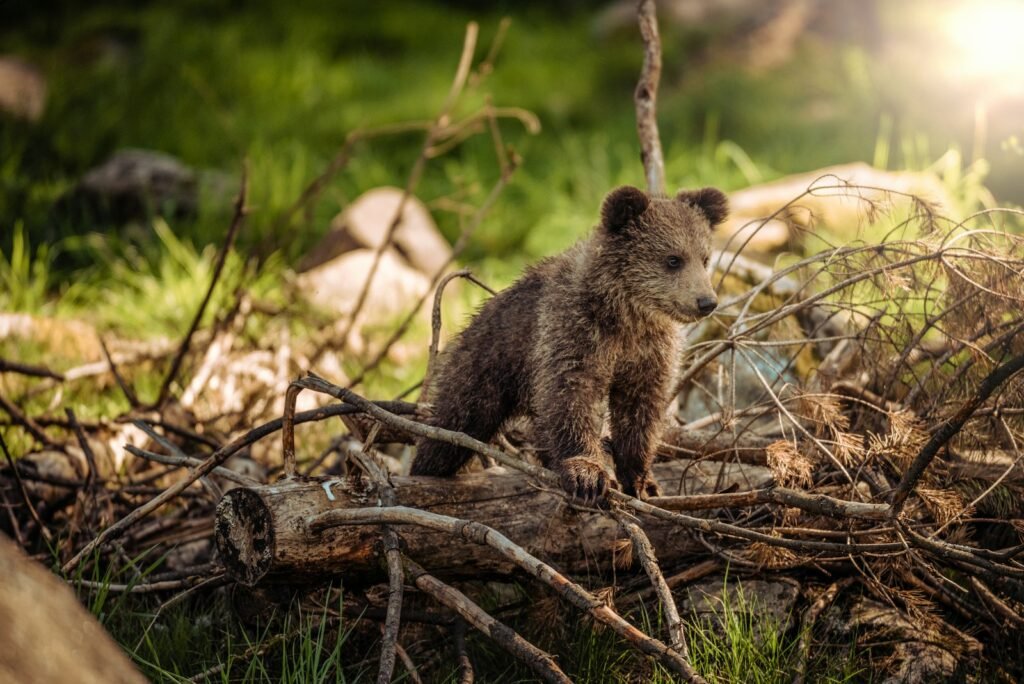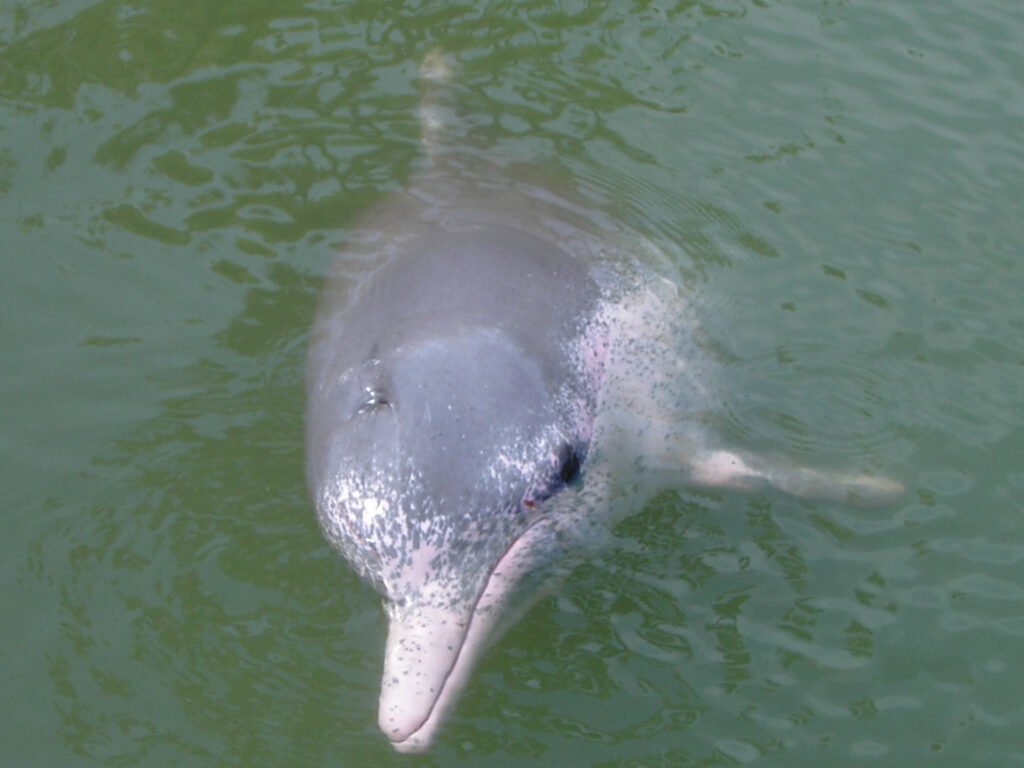The recent find in Germany rewrites the book on Neanderthal sophistication. Archaeologists have found a “fat factory” site where Neanderthals processed bones to extract grease which dated back to about 125,000 years ago. This discovery indicates that the need to extract calories for survival from animal fats was a full 100,000 years more advanced than modern humans practiced. The Neanderthals’ having such a deep understanding of workforce structure and nutrition suggests advanced intelligence that fully alters previously held theories on their evolution. The alternate theory concerning their intelligence provided by this discovery suggests that Neanderthals were driven towards avoiding protein poisoning, a deadly condition caused by the excessive consumption of meat devoid of fats and carbohydrates .
The Discovery: A Lakeside Butchery Turned Industrial Site

Excavations at Neumark-Nord uncovered more than 100,000 bone fragments from at least 172 large animals, which included horses, deer, cattle, and even an extinct two-horned rhinoceros. The bones exhibited deliberate breakage patterns suggesting directed intent; most ruptured zones of over clenching were near joints and vertebrae and also showed signs of heating, indicating a two-step process.
- Marrow Extraction: Bones were broken apart to retrieve soft and nutrient-rich marrow.
- Grease Rendering: Fragments were heated in what were likely perishable containers (like hides from animals) to separate fat from spongy bone matter.
This behavior labeled as “resource intensification”, where calories from a carcass are maximized for retrieval, was thought to only emerge 28,000 years ago with modern humans. The site from Neanderthals, dated to 125,000 years ago, significantly stretches that timeline.
Why Fat Was a Lifesaver for Neanderthals

Neanderthals were apex carnivores and relied intensely on meat consumption. However, diets high in protein can induce rabbit starvation (protein poisoning), which is where the liver metabolizes excess nitrogen leading to tissue necrosis of the liver as well as diarrhea and death. During harsh winters when vegetation was limited, Fat was crucial as an energy source and essential for survival due to being 9 calories per gram compared to protein and carbs which are only 4 calories per gram.
This discovery also suggests practices of food storage. Preserving energy for leaner times indicates a more advanced strategic foresight rather than “brutish” behavior which disproves the “brutish Neanderthal” stereotype as pointed out by archaeologist Wil Roebroeks.
The Labor Behind the Fat Factory

At this level, processing bones was exceptionally tedious:
- Over 2,000 pieces showed careful nefarious breaks, indicating large-scale systematic efforts.
- Anvils and hammerstones located in close proximity suggest evocative workplaces.
- Evidence of fire indicates possible heating to a targeted temperature, possibly using birch bark containers.
“Breaking bones this thoroughly is labor-intensive. They wouldn’t do it unless it was critical,” says Roebroeks. The intensive effort speaks to how fat-rich foods may have shaped their diet and social structure, as mass processing suggests collaboration.
Neanderthals vs. Modern Humans: Who Was More Innovative?

These discoveries go against the idea that modern humans beat Neanderthals in technology. Homo sapiens later learned how to make grease from animal fat in a similar way, but Neanderthals were already doing it perfectly 80,000 years ago.
Neanderthals also showed other advanced behaviors, such as:
- Making tools: Being able to use Levallois stone-flaking techniques.
- Medicine: Using moldy plants and poplar bark soaked in painkillers.
- Eagle talon jewelry is a symbol.
Neanderthals went extinct even though they could adapt. Not a lack of intelligence, but other things like climate change, competition from modern humans, and a small population were to blame.
The Bigger Picture: Rewriting Human Evolution
This “fat factory” makes us think about Paleolithic economics in a new way. Neanderthals did more than just scavenge; they hunted and gathered food and managed their resources like modern foragers do. The location also suggests:
- Dietary flexibility: Nutritional needs determine not only the prey but also how to use other resources.
- They Do Plan: Like how Homo Sapiens plan, their planning technology use is synchronous .
An archaeologist, Lutz Kindler, states, “We’re finding more things that are the same between us and them. Further, the space was not as large as we presumed.”
Conclusion: A Legacy in Our Genes

Even though Neanderthals are no longer around, their DNA is still in modern humans (about 2% of non-Africans). This new information adds to the growing body of evidence that they were clever, adaptable, and sadly misunderstood. As we find more places like Neumark-Nord, the line between “primitive” and “advanced” becomes less clear, and we learn more about our ancient relatives.
Sources:

Suhail Ahmed is a passionate digital professional and nature enthusiast with over 8 years of experience in content strategy, SEO, web development, and digital operations. Alongside his freelance journey, Suhail actively contributes to nature and wildlife platforms like Discover Wildlife, where he channels his curiosity for the planet into engaging, educational storytelling.
With a strong background in managing digital ecosystems — from ecommerce stores and WordPress websites to social media and automation — Suhail merges technical precision with creative insight. His content reflects a rare balance: SEO-friendly yet deeply human, data-informed yet emotionally resonant.
Driven by a love for discovery and storytelling, Suhail believes in using digital platforms to amplify causes that matter — especially those protecting Earth’s biodiversity and inspiring sustainable living. Whether he’s managing online projects or crafting wildlife content, his goal remains the same: to inform, inspire, and leave a positive digital footprint.




